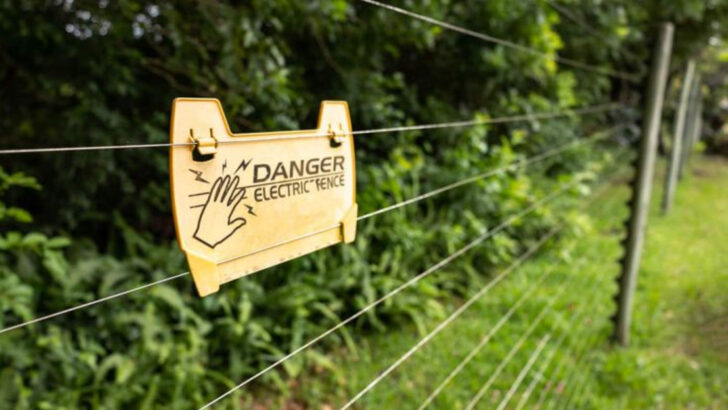Wolves in your yard? It sounds like a scene from a wild adventure, but for some, it’s a very real concern. These majestic creatures are stealthy, powerful, and surprisingly persistent when it comes to finding food and shelter.
But fear not! You don’t have to move to the city just to keep your yard wolf-free. With a few clever tricks, you can turn your space into a fortress they’ll be hesitant to approach.
From strong scents that send them running to strategic barriers that make them think twice, these tricks are simple yet effective. No need for complicated measures—just smart solutions.
Let’s dive into 13 practical and surprisingly easy ways to protect your yard and keep those wolves from getting too close for comfort!
Install Sturdy Fencing
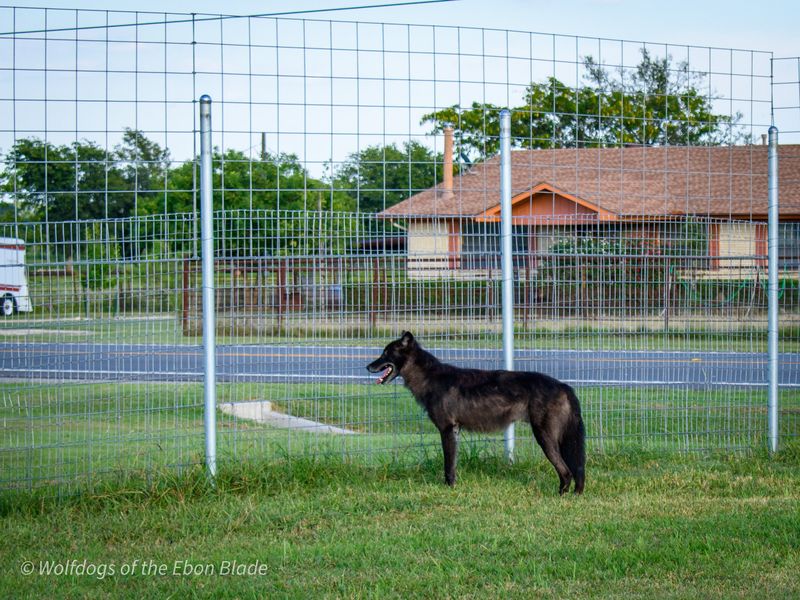
A sturdy fence acts as a physical barrier to keep wolves out. Height is crucial; aim for at least 6 feet to deter jumping. Opt for materials like metal or reinforced wood, which are difficult to breach. Consider an angled extension on top, leaning outward. This design prevents climbing and jumping over. Additionally, bury the fence at least a foot underground to deter digging. Regular maintenance is essential; inspect for gaps or weaknesses monthly. Secure gates with reliable locks. A well-maintained fence not only protects but also provides peace of mind.
Use Motion-Activated Lights

Motion-activated lights startle wolves, deterring them from approaching. These lights create an unpredictable environment, making wolves cautious. Place lights on the perimeter of your property, focusing on entry points. Solar-powered options are eco-friendly and reduce electricity costs. Adjust sensitivity settings to avoid false triggers, such as swaying branches. Regularly check batteries and lightbulbs to ensure functionality. Pair lights with other deterrents for enhanced protection. This method is effective but works best when combined with additional strategies. A well-lit yard is less inviting to lurking predators.
Play Loud Noises
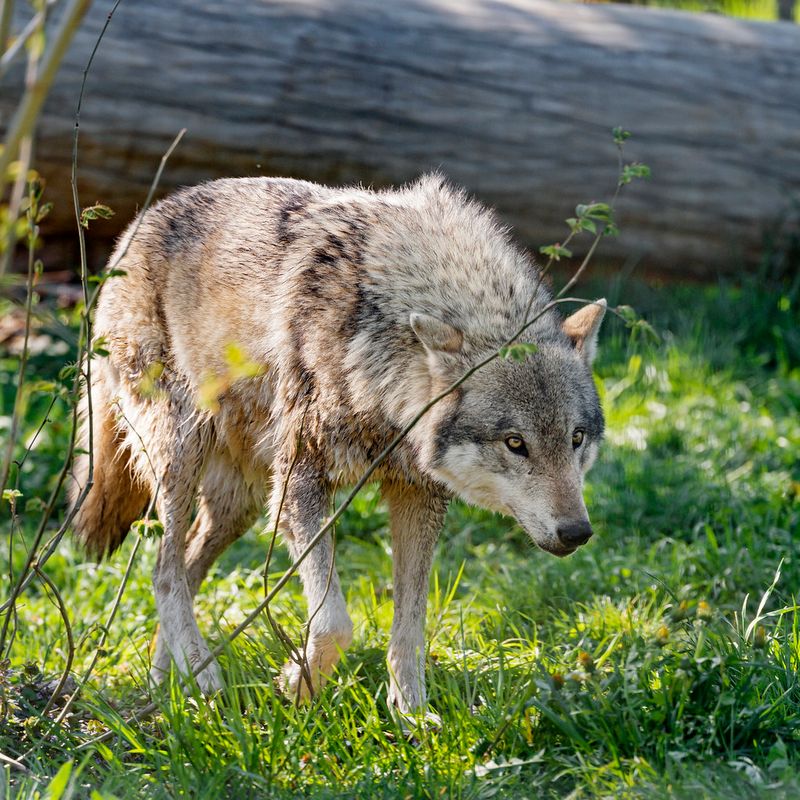
Loud noises can effectively scare wolves away. Use speakers to play sounds of human activity or predator calls. Rotate sounds regularly to prevent wolves from adapting. Install speakers around your yard, especially in areas prone to wolf visits. Connect them to a timer or motion sensor for automatic activation. Volume control is important; ensure it’s loud enough to startle but not disturb neighbors. Test different sounds to determine effectiveness. Combining audio deterrents with visual ones increases success. Noise reinforcement can create an inhospitable environment for wolves.
Remove Attractants

Removing attractants like food scraps and unsecured trash is key. Wolves are opportunistic feeders; don’t provide easy meals. Secure garbage bins with locks or bungee cords. Store pet food indoors and clean up spillages promptly. Compost responsibly, avoiding meat and dairy. Fencing gardens can protect plants from being eaten. Inspect your yard for potential attractants regularly. Educate family members on reducing attractant risks. An attractant-free yard significantly lowers the chances of wolf visits, promoting safety.
Install Electric Fencing
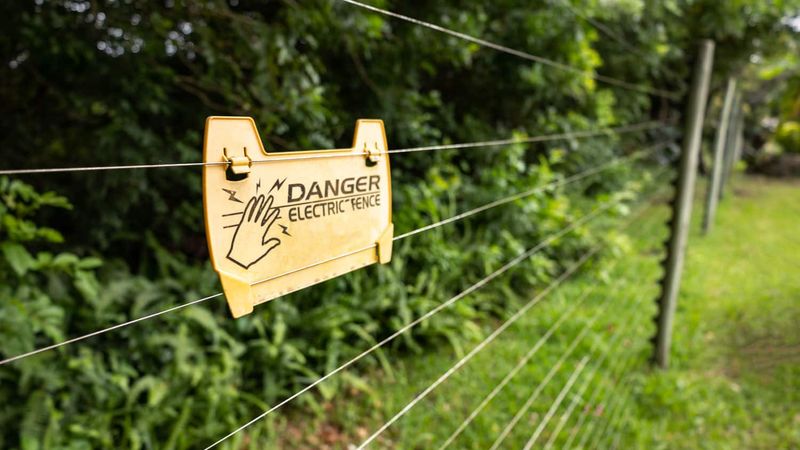
Electric fencing delivers a mild shock, deterring wolves from crossing. It’s especially useful for protecting livestock. Install wires at wolf height, approximately 2 to 4 feet above ground. Ensure the fence is visible to avoid accidental contact by people. Regularly check the voltage and perform maintenance. Solar-powered options offer off-grid solutions, enhancing reliability. Warning signs should be visible to inform passersby. While effective, electric fences are best used in conjunction with other deterrents. They provide an additional layer of defense for vulnerable areas.
Use Repellent Sprays

Repellent sprays can deter wolves with their strong scents. Choose formulas specifically designed for canines. Spray along property boundaries and near entry points. Reapply regularly, especially after rain. Experiment with different brands to find the most effective one for your area. For homemade solutions, mix water with strong-smelling ingredients like vinegar or ammonia. Safety precautions are important; follow manufacturer instructions carefully. Be mindful of pets and children when applying repellents. This method, when combined with others, enhances yard protection.
Employ Guard Animals

Guard animals, such as dogs or llamas, can deter wolves effectively. They provide a constant presence that wolves find threatening. Choose breeds known for protective instincts and strength. Ensure proper training and socialization for reliable performance. Regular health check-ups and vaccinations keep them fit for duty. Guard animals work best in pairs or with additional deterrents. Their presence acts as both a psychological and physical barrier. They offer companionship and protection, making them a valuable asset for those in wolf-prone areas.
Install Coyote Rollers
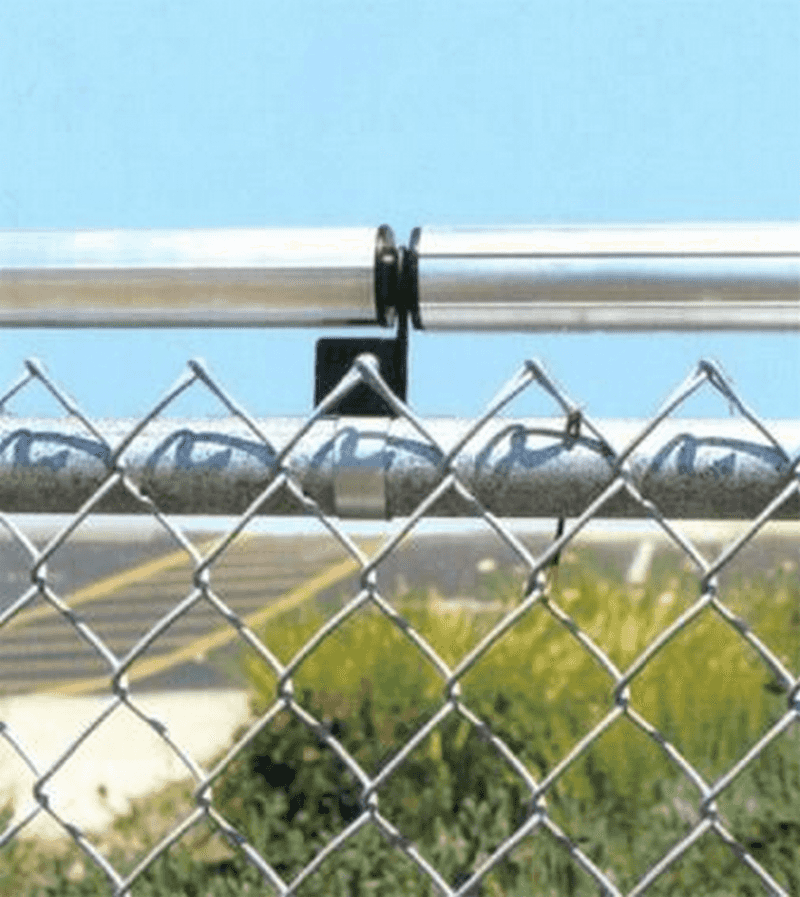
Coyote rollers prevent wolves from gaining a foothold to climb fences. They’re simple, rotating tubes installed on top of existing fencing. This design makes it difficult for wolves to grip, deterring scaling. Ideal for fences at least 5 feet tall. Installation is straightforward; kits are available for DIY projects. Regularly check rollers to ensure smooth rotation. Combine with fencing and other deterrents for maximum effect. Coyote rollers add an extra layer of defense, protecting your yard from determined intruders.
Create a Noisy Yard

A noisy yard can keep wolves at bay. Install wind chimes, bells, or other noise-making devices. These create unpredictable sounds that confuse and scare wolves. Position them strategically near entry points and throughout the yard. Regularly change their location to maintain effectiveness. Use in combination with motion-activated devices for heightened deterrence. Test various sound levels to avoid disturbing residents. Creating an unpredictable acoustic environment discourages wolf incursions.
Install Visual Deterrents
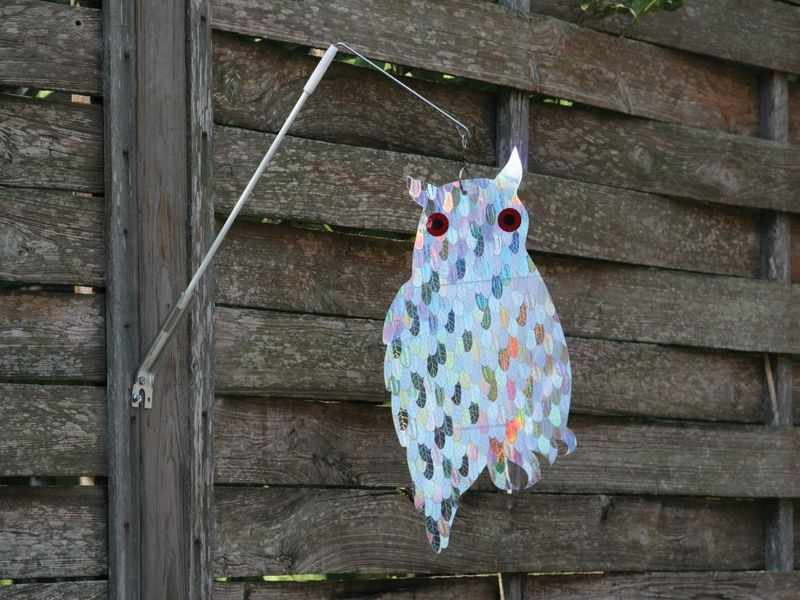
Visual deterrents disorient wolves with unfamiliar sights. Hang reflective tape, flags, or balloons around your yard. These elements move and shine, creating an unsettling effect. Regularly change their placement and appearance to prevent habituation. Reflective tape is cost-effective and easy to install. Visual deterrents are most effective when supplemented with audio or scent-based methods. They disrupt wolf behavior, reducing the likelihood of visits. A dynamic visual landscape adds to the overall deterrent strategy.
Set Up Trail Cameras

Trail cameras monitor wolf activity, helping you understand their patterns. Install cameras at strategic points, such as near entry paths. Regularly review footage to identify frequent visit times and behavior. This information guides adjustments to your deterrent strategy. Choose weather-resistant models for outdoor use. Some cameras offer real-time alerts, notifying you of movement. While not a direct deterrent, they provide insight into wolf habits. Knowledge gained from cameras enhances overall prevention efforts.
Trim Vegetation

Trim vegetation to eliminate hiding spots for wolves. Keep bushes and trees well-maintained, especially near entry paths. Clear undergrowth to improve visibility and reduce cover. Regular pruning discourages wolf settlement by removing shelter. It also improves sightlines for other deterrent methods. Ensure pathways and entrances are open and visible. Routine maintenance is essential for long-term effectiveness. A well-groomed yard is less inviting to wolves, promoting a safer environment.
Implement a Watch Schedule
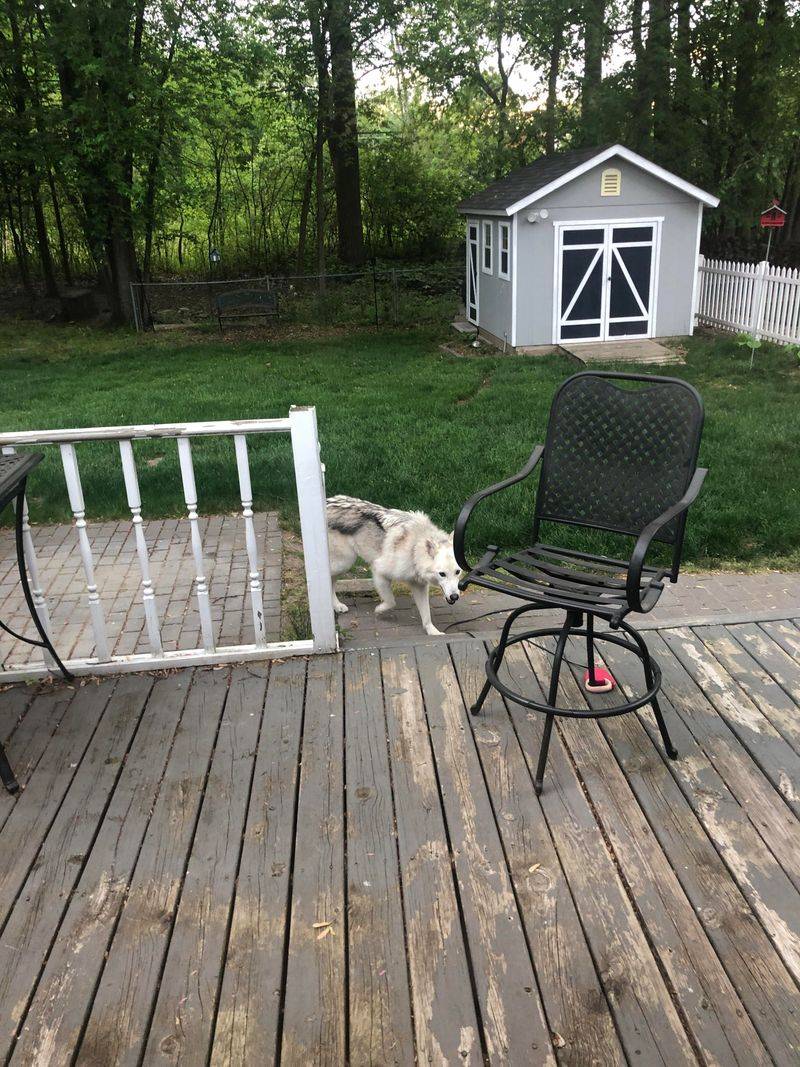
A watch schedule increases human presence, deterring wolves. Family members can take turns monitoring the yard, especially at dawn and dusk. Use binoculars for distant observation. This routine reinforces other deterrents by adding unpredictability. Encourage neighbors to participate for broader coverage. Communication is key; report any wolf sightings promptly. Combining human vigilance with physical barriers and deterrents creates a comprehensive defense strategy. A dedicated watch schedule enhances community safety and peace of mind.

